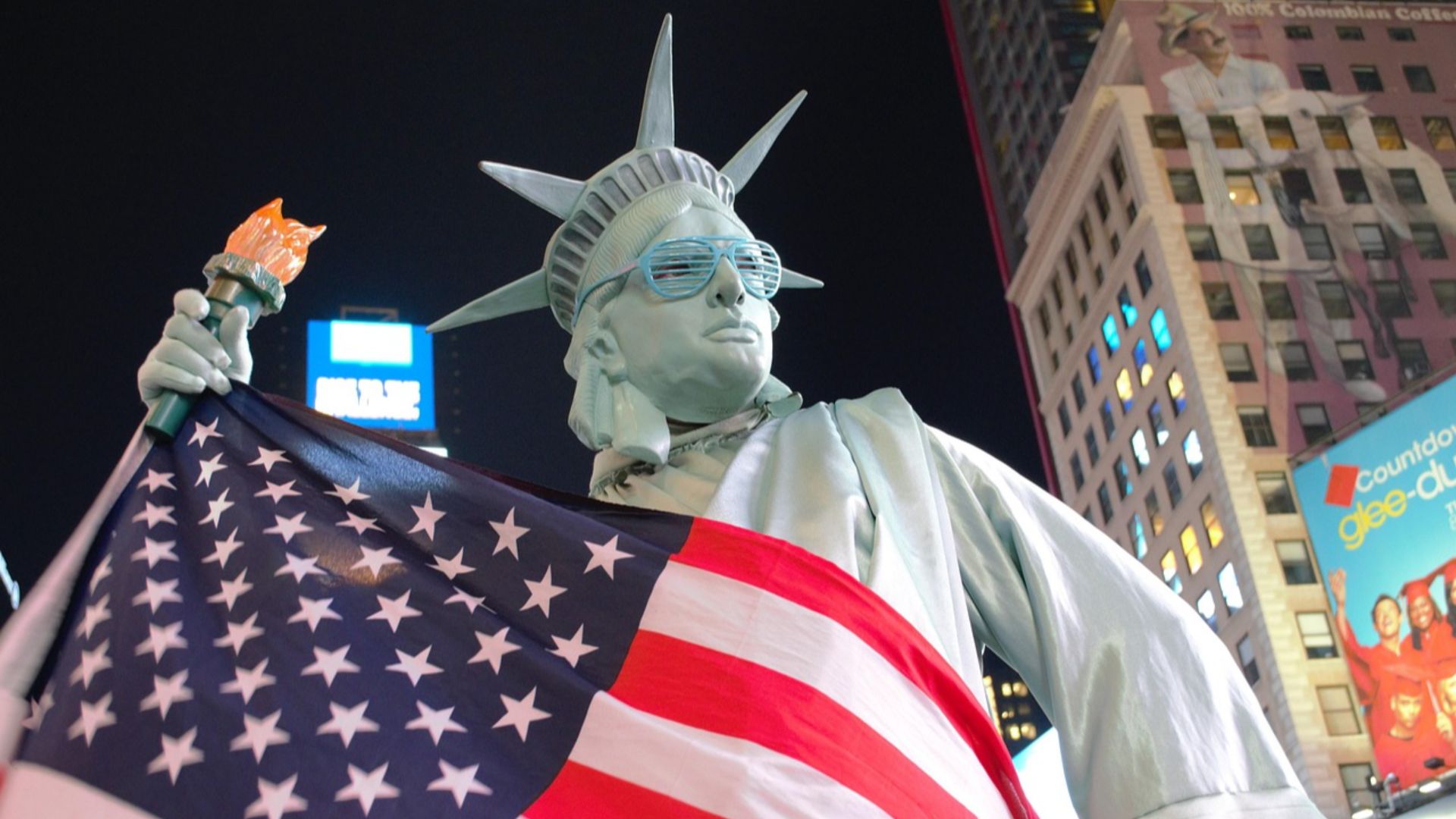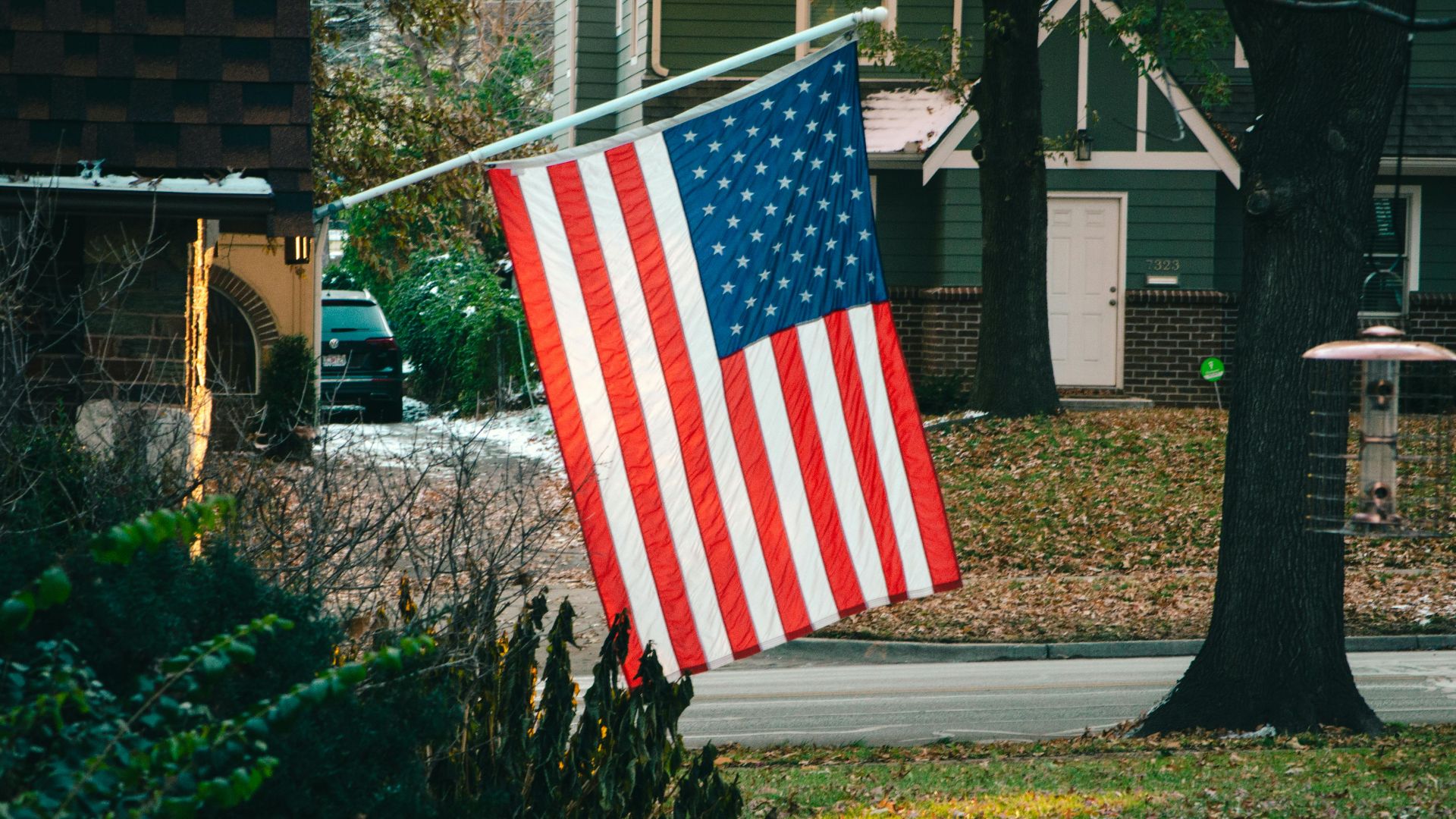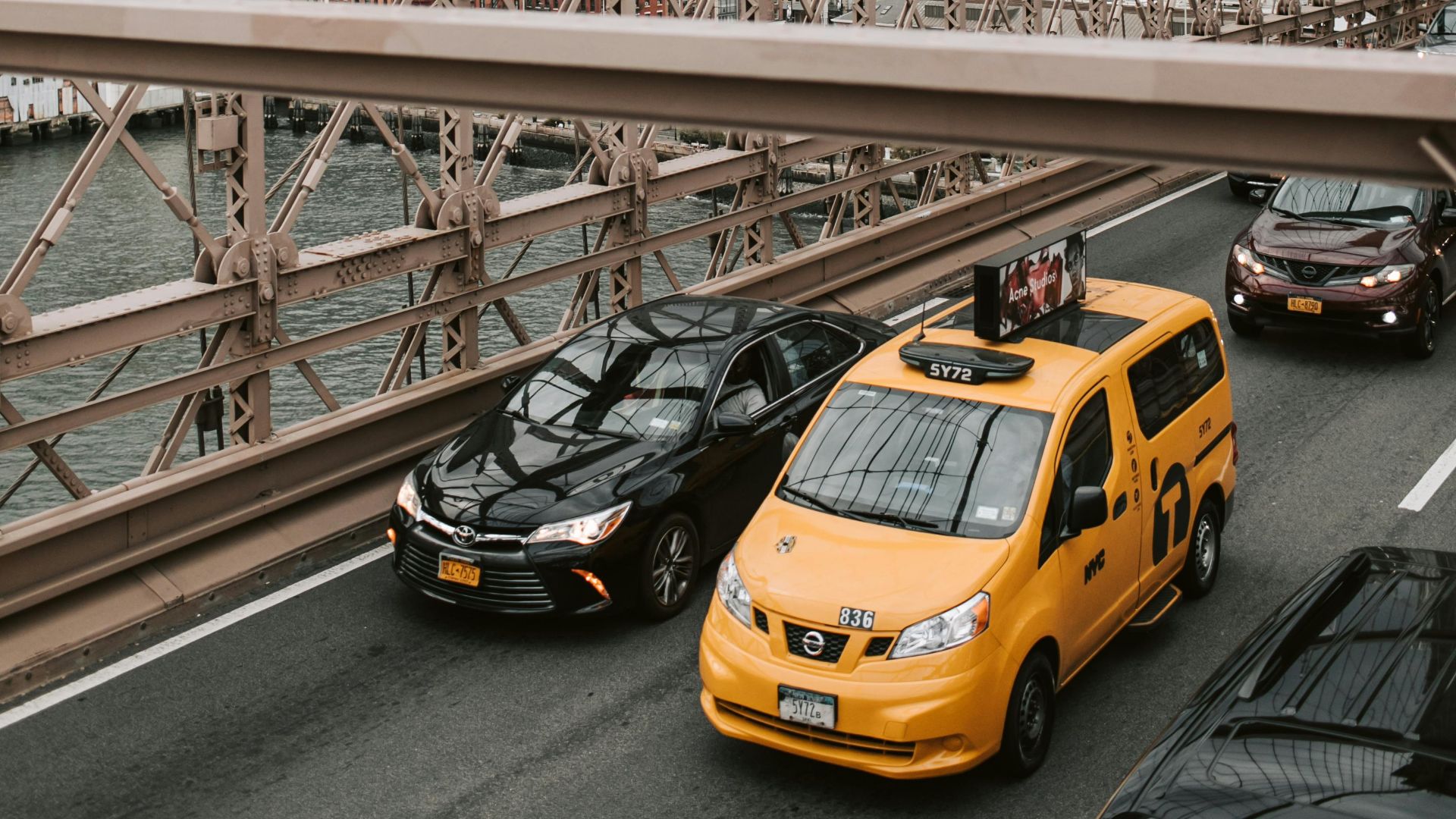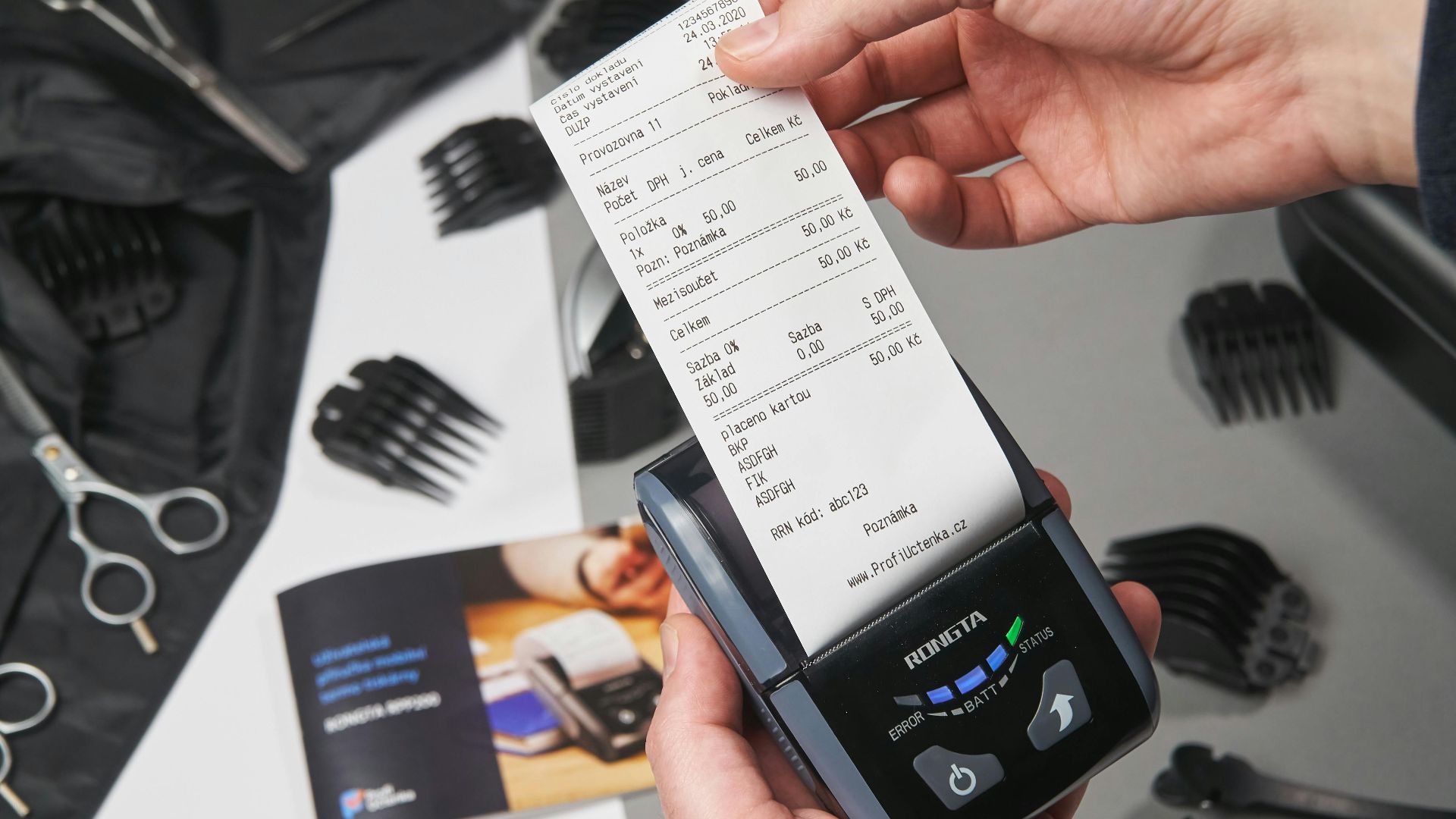Cross-Atlantic Culture Clash
The USA hits differently, and Europeans often scratch their heads, wondering why. Those stars and stripes cover a complex culture that goes way beyond Hollywood stereotypes. So, let's look into 20 real aspects of American life that might surprise you if you've only seen the country through movies.
1. Tipping Is Mandatory
Walking away without leaving a tip at American restaurants is basically stealing part of your server's paycheck. Unlike in Europe, servers typically earn tips, accounting for 50–70% of their income. Federal law assumes servers receive gratuities to reach minimum wage standards.
2. Expensive And Private Healthcare
In 2024, the average family premium for employer-sponsored health insurance reached $24,000 annually. Most Americans rely on their jobs for coverage, making it the main way people access care. Still, about 26 million people have no health insurance at all. Medical bills then begin to pile up.
3. Gun Ownership Is Legal
The United States has around 120 firearms for every 100 people, making it the highest gun ownership rate in the world. Many Americans fiercely protect the right to bear arms, rooted in the Second Amendment. However, the gun laws vary widely—some states require little oversight, while others enforce strict checks and waiting periods.
4. Patriotism Is Highly Visible
Flags flutter everywhere you look. These include homes, businesses, schools, and even car dealerships. American patriotism manifests differently from European nationalism, with daily Pledges of Allegiance in schools and national anthem performances at all sporting events. This visibility intensified after September 11, 2001.
5. College Often Means Debt
The financial reality hits hard for American graduates. With average student loan debt exceeding $37,000 per student, young professionals often spend several years making payments. Public universities charge in-state residents around $10,000 yearly for tuition alone, while private institutions can demand more.
6. Role Of Religion
Approximately 60% of Americans identify as Christian, with roughly 33% attending religious services monthly, according to the Pew Research Center. The "Bible Belt" across the South shows particularly high religious participation. American politicians routinely reference their faith publicly, with religious values influencing many policy debates.
7. Daily Necessity Of Cars
The average American commutes 16 miles each way to work, spending over 200 hours annually behind the wheel. Outside major coastal cities, public transportation remains limited or nonexistent. Many suburban communities intentionally design neighborhoods without sidewalks, making car ownership essentially mandatory for basic tasks.
8. Bigger And Better
American supermarkets stock around 47,000 different items compared to Europe's smaller selection. Besides supermarkets, a typical new single-family home measures approximately 2,300 square feet—nearly double the size of average homes in countries like France or Germany. This size obsession even extends to vehicles.
9. Polite Customer Service
"The customer is always right" originated as an American business philosophy. Retail workers usually greet shoppers immediately upon entrance, offering assistance throughout the shopping experience. Return policies allow merchandise exchanges even after months of use in many stores.
10. Race Is A Central Topic
Slavery and segregation's impact continues to shape and influence American society. Residential neighborhoods remain highly segregated, with 75% of white Americans living in predominantly white communities. Discussions about race influence everything from politics to education policy, with ongoing debates about affirmative action.
11. Natural Disasters
Natural disasters strike the U.S. more often and more severely than in Europe. In 2023 alone, the country faced 25 major catastrophes—more than any other nation. Hurricanes, tornadoes, wildfires, and floods caused widespread damage across vulnerable regions.
12. Little Vacation Time
Shocking to most Europeans, the U.S. has zero federally mandated paid vacation days. The typical American worker receives just 10 paid days off annually after one year of employment. Even more surprisingly, about 55% of Americans don't even use all their allocated time off.
13. Grand College Sports
Stadiums seating more than 100,000 fans roar on Saturdays across America for college football games. University athletics generate billions in revenue, with top college coaches earning $7–10 million annually. The NCAA basketball tournament, nicknamed "March Madness," causes billions in lost workplace productivity.
14. The Drinking Age Is 21
The U.S. enforces a national minimum drinking age of 21, which is higher than in most of Europe. This standard was set in 1984 through the National Minimum Drinking Age Act. States were pressured to comply or risk losing federal highway funding.
15. Money Talk Is Normal
"How much did you pay for that?" rolls off American tongues without hesitation. Financial transparency extends to housing prices regularly announced in casual conversation. Salary discussions, once taboo, are becoming increasingly common as younger generations share compensation details to combat wage gaps.
16. Doggy Bags Practice
Taking food home from a restaurant, commonly known as asking for a "doggy bag," is a socially accepted practice in America. The tradition dates back to the 1940s when food shortages led restaurants to offer containers for leftovers initially intended for pets, but customers soon began using them.
17. Suburbs Are The Standard
The American Dream historically centers around detached single-family homes with private yards, a vision that shaped development patterns nationwide. Federal highway funding after WWII accelerated suburban growth while urban centers declined. This vision was actively promoted by President Hoover’s “Own Your Own Home” campaign.
18. Sales Tax Not Included
In case you didn’t know, in the United States, the price tags you see on products in stores usually do not include sales tax. This can be surprising for Europeans, who are accustomed to seeing prices that already include value-added tax (VAT) or other consumption taxes.
19. Early Dining
Americans usually eat dinner between 6 and 7 p.m., much earlier than in parts of Europe. In countries like Spain or Italy, dinner often doesn’t begin until 8 or even 10 p.m. The American habit comes from older work routines that shaped family schedules across generations.
20. Drive-Thru Everything
In the U.S., drive-thrus go way beyond burgers—you’ll spot them at pharmacies, banks, coffee shops, and even churches offering prayer on the go. Some states even allow drive-thru weddings. This focus on speed and ease reflects suburban sprawl and a culture built around cars and quick convenience.





























